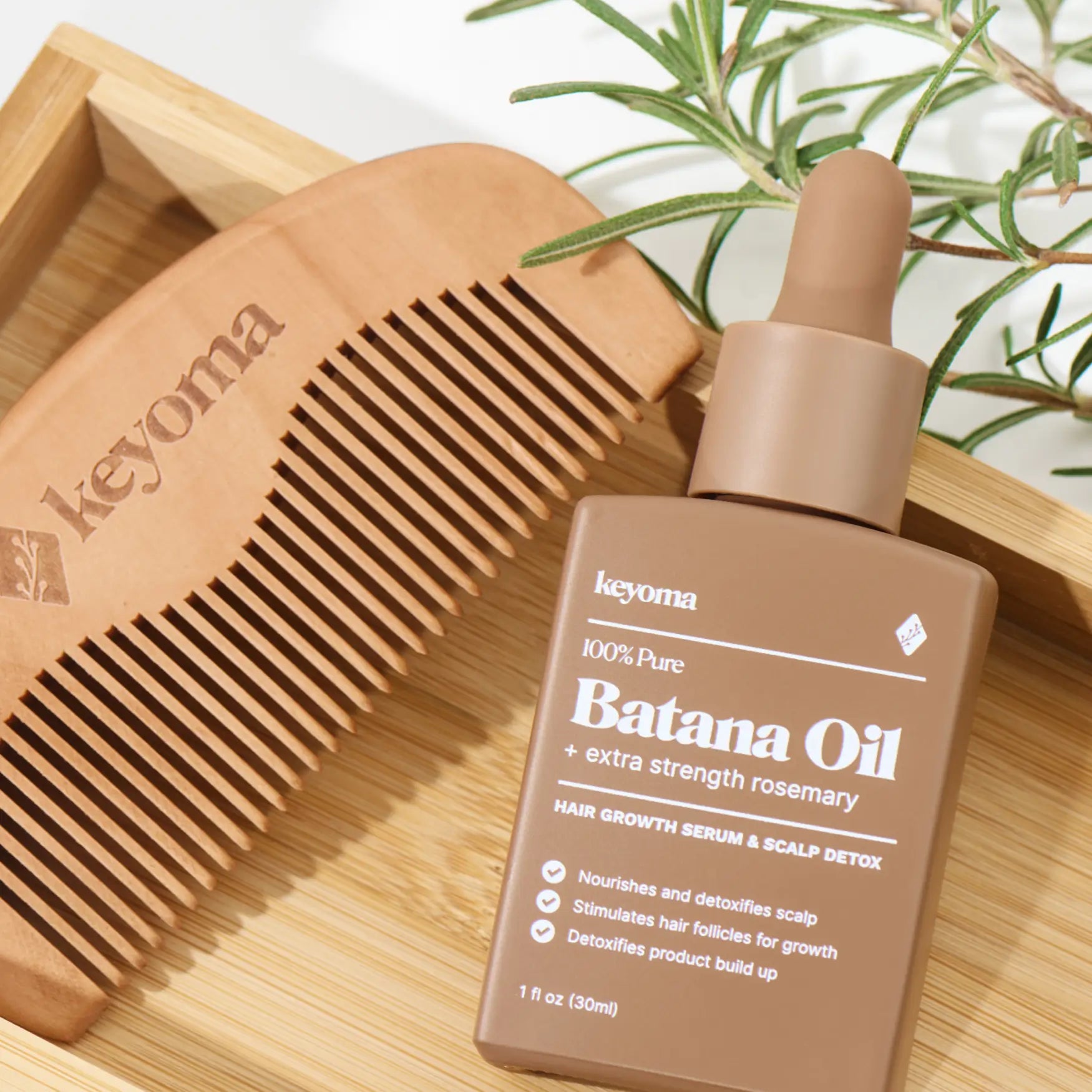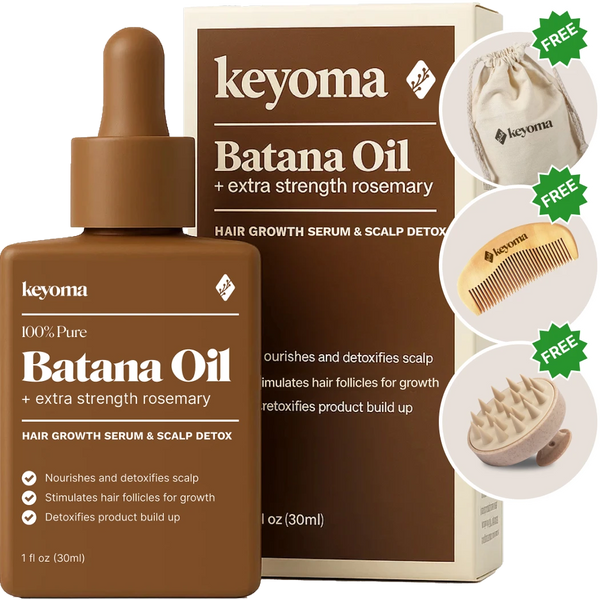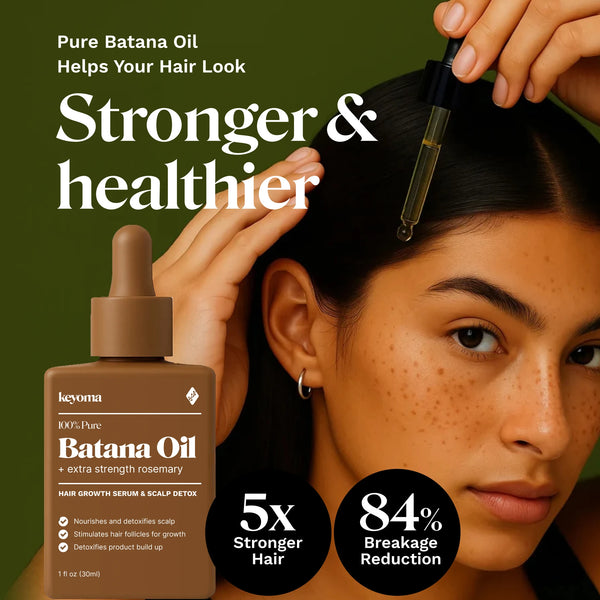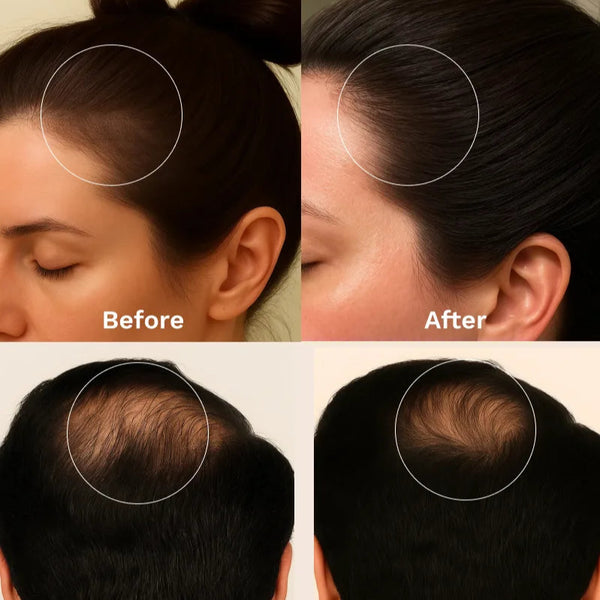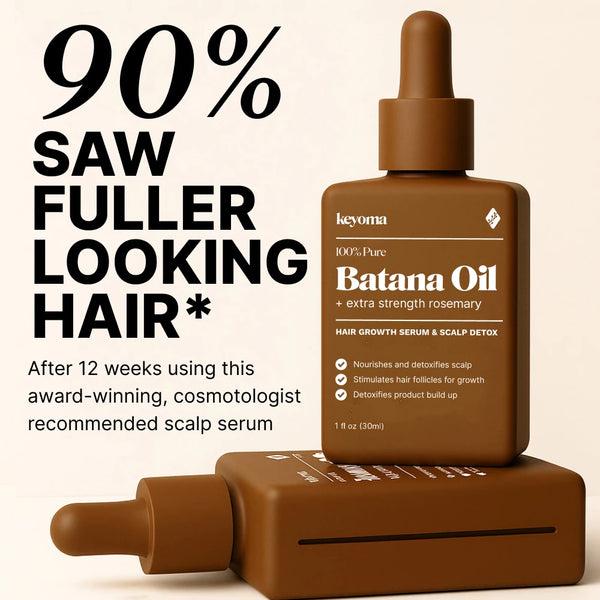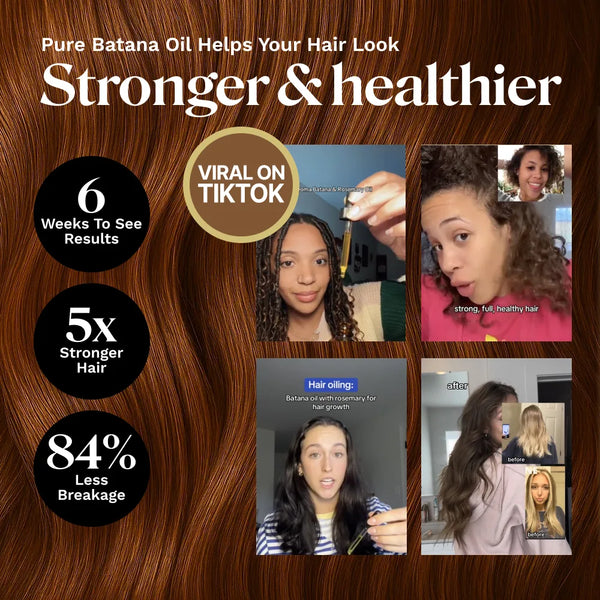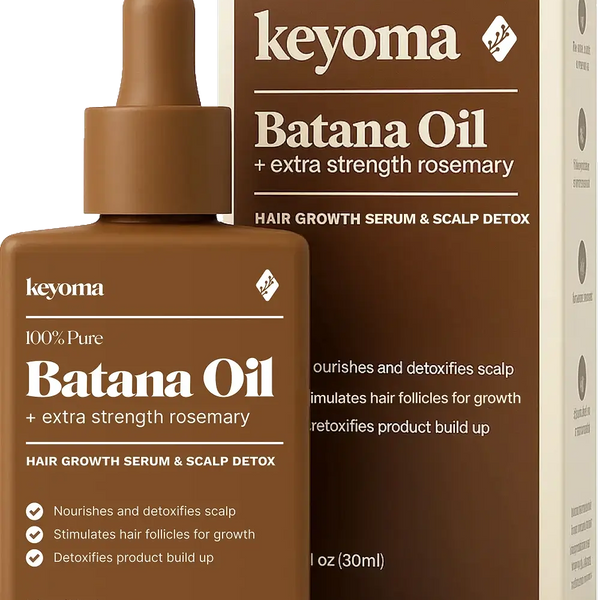In this article
Heat damaged hair happens when strands face too much heat without protection, often from frequent hot tools, long sun exposure, and similar stressors. The result is hair that looks dull and feels dry or fragile.
By learning the main causes and using simple prevention, you can improve how your hair looks and behaves. While some damage may not fully reverse, steady care can make a clear difference.
This guide covers what leads to heat damage, how to spot it, and steps you can use to manage and prevent it.
Key Takeaways
-
Excessive heat without protection weakens cuticles and cortex, raising breakage risk.
-
Common signs include dryness, dullness, split ends, tangles, and easier snapping.
-
Repair plans favor masks, periodic protein, gentle styling, and consistent protection.
-
Regular trims and fewer tight styles help you limit ongoing damage over time.
What Causes Heat-Damaged Hair?
Heat damage builds from styling habits and the environment. Below are the primary drivers.
-
Overuse of heat styling tools: Regular, lengthy use of straighteners, curling irons, and dryers exposes hair to high temperatures. A review on hair degradation in Polymers reports that blow-drying without heat protectants can make cuticle scale edges concave from splitting, and thermal straightening may overheat the shaft, causing weakening and rupture. Without moderation and proper technique, these tools strain the fiber.
-
Skipping heat protection: Before styling, apply a protective product. If you skip it, your hair takes the full heat load, which speeds up cuticle wear and deeper damage.
-
Frequent chemical services: Coloring and perms change hair structure. When repeated often, they leave strands more vulnerable to heat-related weakening.
-
Environmental stress: It is not only styling. Ongoing sun exposure can harm hair, too. Like skin, hair can suffer under UV rays when left exposed for long periods.
Signs of Heat-Damaged Hair
Dull, Dry Hair
If hair looks and feels drier than usual, heat damage may be the reason, especially if it appears brassy or flat. Heat can strip the natural oils that help your strands feel supple and hydrated.
Split Ends and Breakage
Extreme heat can lift the cuticle and weaken the cortex. That leaves the shaft more prone to breakage and split ends, which can also make lengths look thin or frayed.
Stubborn Tangling
As hair gets drier and frizzier, it tangles more. If a brush or comb no longer glides, it may signal heat damage. Some tangling is normal, but when strands fight you all day, urgent care helps.
How to Restore Heat-Damaged Hair
If heat styling has left your hair frizzy and parched, take heart. Moving from heat-damaged hair to healthier hair is possible with steady steps. It does not require miracles, just consistent habits that protect, repair, and support growth.
Here are practical ways to start restoring your hair after heat damage.
1. Prioritize Overnight Hair Masks
Use an overnight hair mask to nourish and help repair. This rich treatment boosts elasticity and shine while supporting overall strength and resiliency.
DIY hair masks work in several ways. Apply before bed and leave on overnight so the formula has time to soak in. In the morning, rinse to help smooth the cuticle.
You can also use one in the shower for a quick boost by leaving it on for 5–7 minutes. For those with super-damaged hair.
2. Deep Conditioning Treatments
Deep conditioners are essential for heat-stressed hair. Heat pulls moisture out, leaving strands brittle. Rich masks refill needed hydration. Look for options with shea butter, oils, and proteins. I noticed weekly masks made detangling easier by week three.
3. Protein Treatment
To rebuild lost strength, add an occasional protein treatment to your routine.
Products with keratin and similar ingredients may help strengthen heat-damaged hair.
Also, make time for after-keratin treatment care to keep hair smooth and sleek longer.
Use these treatments about once or twice a month to limit protein loss and support elasticity.
4. Use Heat Protectant
Before any hot tool, apply a heat protectant spray or serum. It creates a buffer between heat and hair to lower damage.
Some protectants help reduce flat-iron marks and add shine while taming frizz. To lock in moisture, mist hair before blow-drying.
Reapply on sections when using tools for long sessions, or if you restyle between washes.
5. Style with Nourishing Oils
There are easy ways to use oils in daily styling. Keyoma Batana Oil with Rosemary is a multi-purpose option. It contains oleic and linoleic acid for strength and repair, plus vitamins, minerals, and flavonoids that support hair health and help prevent split ends and breakage.
Work a small amount through towel-dried hair before air drying or blow drying for light hold and extra volume while feeding hair recovering from heat. As a bonus, it can shorten dry time to limit heat exposure.
6. Moisture
Heat-damaged curly hair is thirsty hair.
That is not only from chemical services. The shape of curls can make it harder for scalp oils to travel down each strand.
Add moisture to restore shine and reduce frizz. As soon as you start blow-drying or straightening, hair loses water. Use a deep conditioner to give your strands the care they need. I found applying conditioner mid-week helped my hair feel softer without weighing it down.
Fortunately, Keyoma Batana Oil was designed to repair the harm that heat tools can cause. Rich in batana extract and rosemary, this natural care quenches dryness and encourages both softness and strength.
7. Don’t Wear Tight Hairstyles
One of the best ways to protect your hair is to pause the habits that cause stress. Embrace a low- or heat-free routine to let new growth come in with less strain.
If hair is already fragile or you want to prevent issues, avoid tight styles. Repeated high ponytails or buns can pull on strands and lead to breakage.
Choose low-tension styles and wear your natural pattern whenever you can to support recovery.
8. Trims
With so much focus on at-home care, it is easy to forget regular trims.
Heat-damaged hair can feel discouraging. If split ends go unchecked, they travel higher and cause more breakage. With the right care, new growth can come in stronger.
Trim on a schedule. Short styles often need a cut every six to eight weeks. Longer styles may go eight to 12 weeks. This helps stop splits from moving up the strand.
9. Air Dry
Let hair dry on its own when possible. If you relied on hot tools for smoothness, expect a learning curve at first.
Heat-free drying helps prevent extra damage and supports moisture. If you must use heat, apply a protectant spray or serum to place a barrier between hair and tool.
10. Protect from Future Damage
Heat protectant is a must anytime you use a blow dryer or hot tools. Batana Oil with Rosemary can also help shield hair from UV exposure. It fights frizz and breakage while delivering nutrients that support stronger strands.
Protect Your Hair Starting Today
Start with one change you will keep this week. Blow-dry on a lower setting and apply protectant root to ends first. Unprotected blow-drying can make cuticle edges concave from splitting, which sets the stage for weakness.
Keep trims on a predictable 8–12 week schedule to stop splits from climbing. Add one weekly mask and rotate a monthly protein step if your hair tolerates it.
When you style, finish with a small amount of oil to reduce friction. For a simple daily routine, try Keyoma Batana Oil with Rosemary.
Featured Product
100% Pure Batana Oil + Rosemary
↓Best Batana Oil to Buy↓
1 Month
Subscribe & Save
- 30-day supply delivered monthly $35
- 30% off for life $6
- Free haircare essentials kit $33
- Free custom wooden comb $10
- Free scalp massager $15
- Free eco-friendly travel bag $8
- 30-Day Money Back Guarantee
- Free Shipping
- Online portal for easy cancel, skip, or pause.
1 Month One Time Purchase
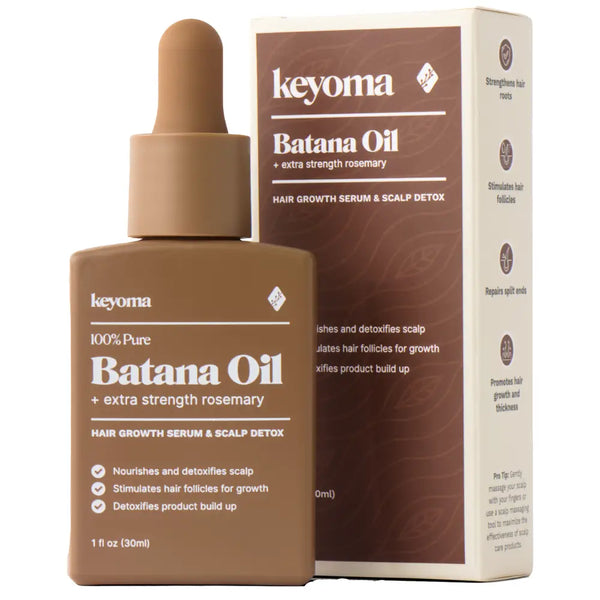
- 30-day supply $50
- 30% off for life $6
- Free haircare essentials kit $33
- Free custom wooden comb $10
- Free scalp massager $15
- Free eco-friendly travel bag $8


